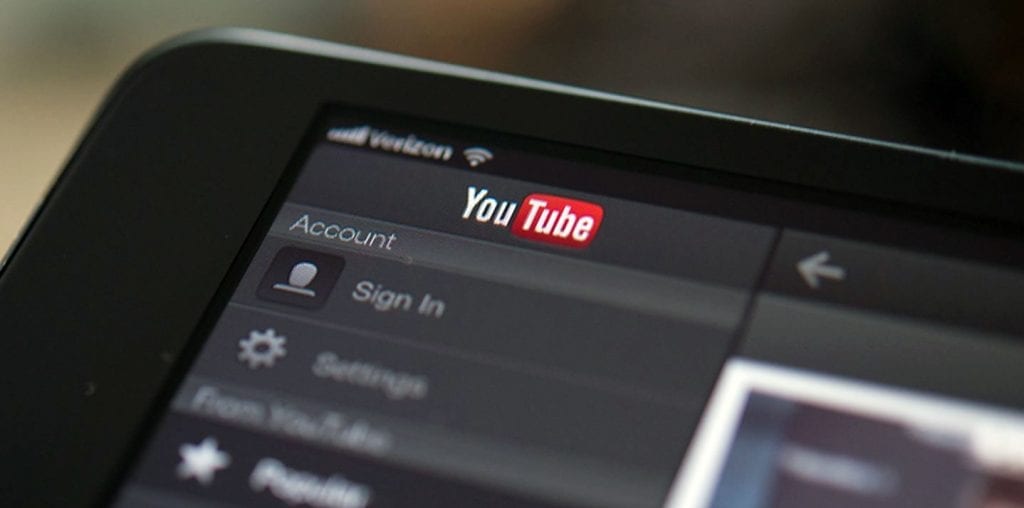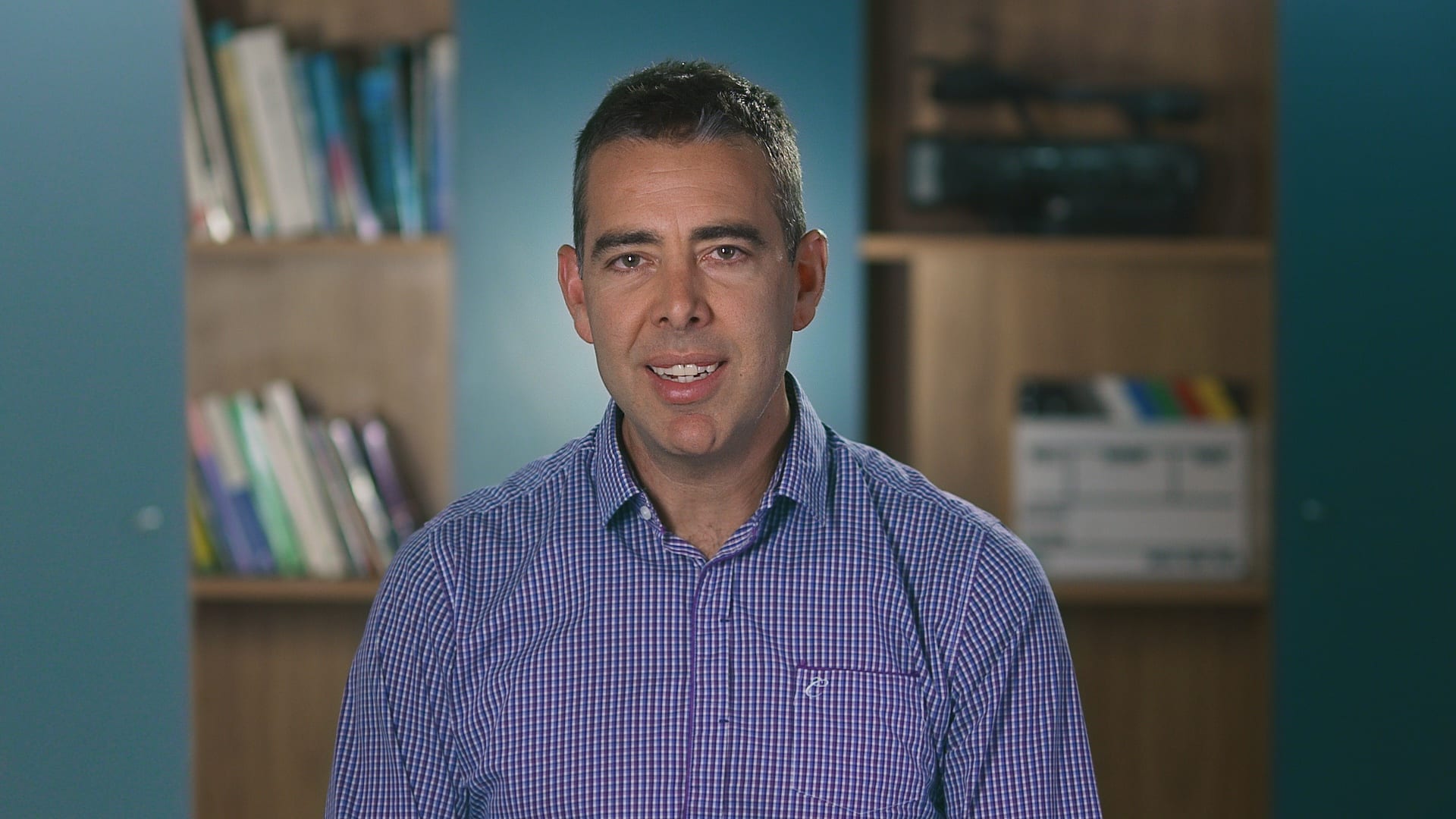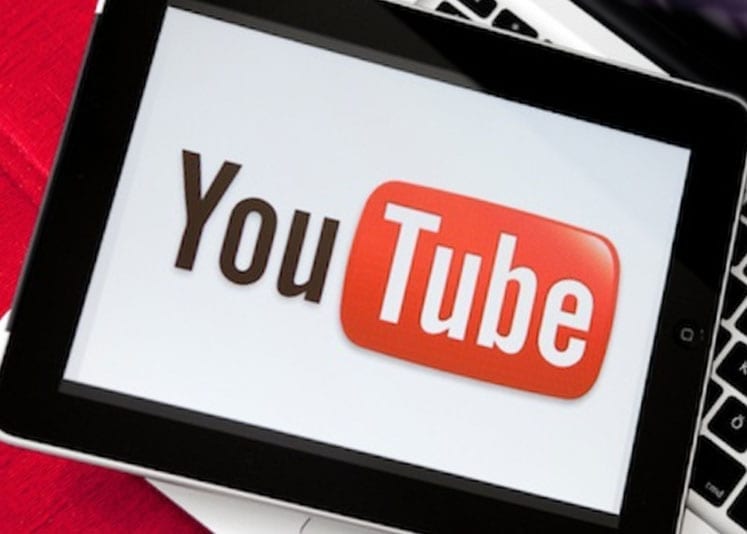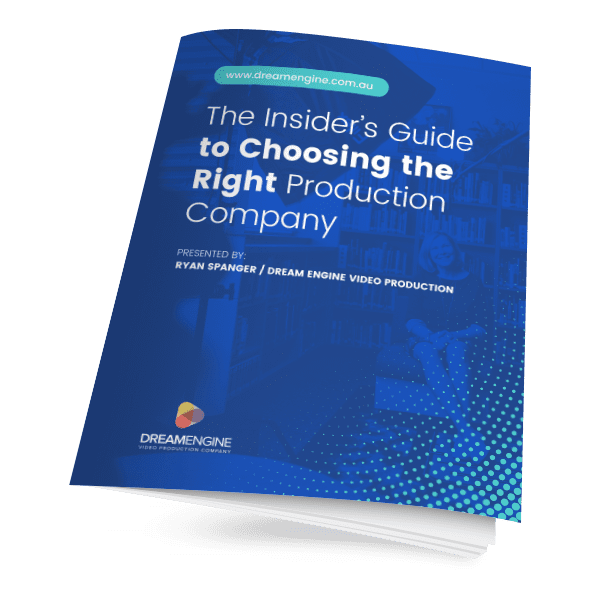If you use social media videos to market your company (which you should be), it is wise to tailor your videos to take advantage of each channel’s strengths and quirks. Here are a few things you should know.
YouTube
YouTube is the biggest video-sharing site on the Internet, with an estimated 300 hours of video content uploaded every minute. There are “channels” on YouTube with over 50 million subscribers and viewing audiences TV networks would kill for.
If you want to take full advantage of this, you must know a few tricks to increase your viewership. The first thing to understand is that if a viewer isn’t interested in the first few seconds of a video, they won’t bother watching the rest. So you need to start with the hook of your video right away.

This doesn’t just mean the first few seconds of your video; everything from thumbnails, video descriptions, metadata, and playlists has to be managed and tailored to fit your business. If the viewer likes the first video they see from you, and you haven’t set up a playlist to AutoPlay another video from you, you have just lost a viewer. So make the most of YouTube’s features to ensure your video gets the views it deserves.
Facebook has emerged from a simple site for university students to a global media behemoth. It has slowly introduced more video into news feeds, but this means that you have about one second to hook a viewer before they scroll on to something else.
Firstly, you must consider that Facebook videos play on mute by default; the user has to unmute them actively. So, videos with bold titles and subtitles will perform better on Facebook. As with YouTube, you need to select an appropriate custom thumbnail to give the viewer a fair idea of the video.

So, the key adjustments to make to your video for the Facebook audience are to ensure that you can still get your point across without sound, make captions available, and keep it short.

Instagram began as a smartphone photo-sharing app, but has now spread into short videos. As with Facebook, Instagram videos will Autoplay as the user scrolls down, giving you those brief seconds to capture their attention. Instagram originally had a 15-second limit to its video length, but this was recently extended to 60 seconds. However, we recommend staying closer to the original 15-second limit as shorter is usually better at keeping eyeballs on your video. Instagram is primarily a smartphone app, so in your videos, make sure that the text is large enough to read on a small screen, and close-ups will work better if you are filming a presenter.

Twitter can play videos natively, but it often relies on links to YouTube or other full-time video hosting services. Like Facebook and Instagram, Twitter plays videos silently unless viewers choose to unmute. Large, easily readable text is again a key to getting attention, as is having an option to have a video in a vertical orientation, as most Twitter users will be on a smartphone. Twitter videos can be up to 140 seconds long, although, as is the case with all social media videos, the shorter the better.
Social Media Customisation
When planning a social media campaign with video, it is really worth making several versions uniquely tailored to each social media platform’s strengths and weaknesses and being aware of its limitations. Each platform has its own demographics, so the content might be tweaked slightly for each video.
If you are looking to improve your video skills for social media, contact Dream Engine today.

Ryan Spanger is one of Melbourne’s most respected and sought-after video production professionals. Ryan founded Dream Engine in 2002, and specialises in helping medium to large corporates, government departments, and the non-profit sector to connect with their audience more effectively by using video.

